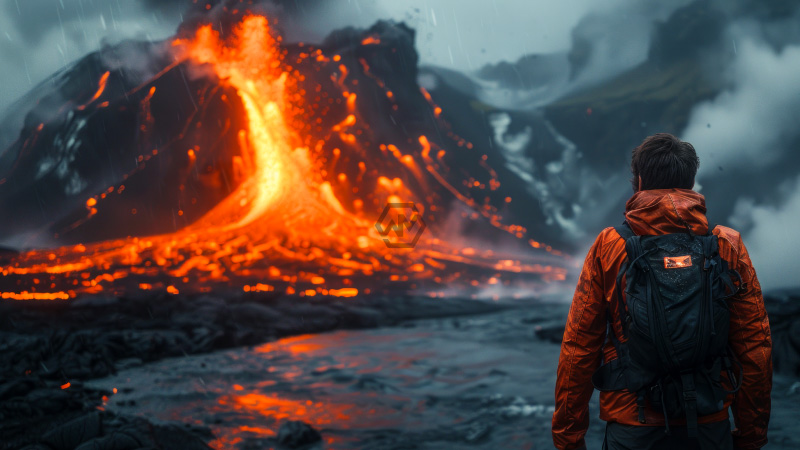- Sundhnúkur volcano erupted for the 12th time since 2021, prompting rapid evacuations.
- Blue Lagoon spa and Grindavík town were cleared amid lava flows and gas emissions.
- Climate change is increasingly linked to intensified volcanic activity worldwide.
A powerful volcanic eruption shook Iceland’s Reykjanes Peninsula in the early hours of July 16, 2025, as the Sundhnúkur volcano roared to life for the twelfth time in just four years. The eruption opened a long fissure, sending lava streaming across the rugged landscape and releasing thick plumes of gas.
This latest eruption has intensified concerns among scientists who believe climate change may be contributing to increased volcanic activity.
Sundhnúkur Awakens: Iceland’s Volcano Erupts Amid Growing Climate Concerns
The eruption has disrupted travel across southwestern Iceland, particularly for summer tourists who had flocked to the iconic Blue Lagoon. Many guests were forced to abandon their vacation plans as seismic alerts escalated overnight. Local emergency services and the Icelandic Met Office coordinated a quick evacuation with minimal panic, reinforcing Iceland’s preparedness for natural disasters.
Beyond the immediate impact, the eruption provides critical data for volcanologists studying glacial melt and its effect on seismic activity. The Sundhnúkur system, relatively quiet before 2021, has become an active focus for monitoring programs. The growing frequency of eruptions is prompting broader discussions about the long-term geological evolution of Iceland’s volcanic systems.
Despite the dramatic visuals of glowing lava and smoke, infrastructure has been largely spared. Roads remain accessible in most areas, though some detours have been enforced. Authorities have warned of poor air quality due to sulfur dioxide emissions, especially for individuals with respiratory conditions. Visitors are advised to stay indoors when alerts are active.
As the Earth warms, Iceland’s geological landscape may continue to transform. Experts believe the loss of glacial pressure could increase the frequency and intensity of eruptions not only in Iceland but in other volcanic regions. The country stands at the crossroads of environmental change and tectonic activity, offering a glimpse into a future shaped by a warming planet.
Iceland’s latest volcanic eruption is more than a natural event—it’s a reflection of a shifting planet. As science and tourism collide, preparation and awareness remain key to navigating this new normal.
“The Earth has music for those who listen.” — George Santayana



